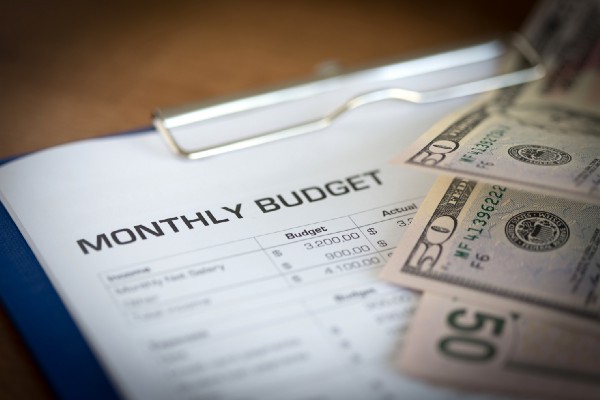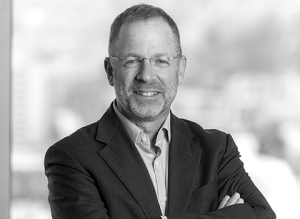In my introduction to “The Ends of the Month” I described the growing unease I felt in the consumer payments business to which my career had led me. In the ’90s it was an exciting place to be, full of innovations and central to the early growth of the Internet and e-commerce. Then I got a closer peek at an unromantic side of payments.
During the early 2000s I was responsible for revenue growth and business development in a company that made it convenient for consumers to pay their regular utility and phone bills in person. American Payment Systems’ brick-and-mortar agent locations ranged from mom-and-pop check cashers and bodegas to giant grocery and drug chains and operated in all 50 states. We grew to 11,000 payment locations, processed over $1 billion in bill payments per month, and served about 7 million households. Then we won the contract to provide bill pay services in Wal-Mart stores.
We served many classically “unbanked” consumers who paid their bills with cash or money orders. But we also accepted checks for many billers and nearly half the bills were paid that way. To all we provided same-day or next-day credit from the billers and a paper receipt evidencing payment. Sometimes the utilities covered the cost of the payment, but increasingly, we charged the consumers a dollar or more per transaction for this service.
We also invested in another company that processed bill payments by phone or online on behalf of billers. That company charged 3 to 5 dollars to enable customers to pay their bills using their debit cards or via ACH. The consumer got same day credit with the biller and a large percentage of payments were made on the due date. The company became profitable quickly. Like our company, it made tidy returns for investors by enabling cash strapped consumers to pay their bills at the last minute.
At both companies we learned a lot about our customers from the timing of their bill pay traffic. The first days of the month were busy as that was when social security and other benefits recipients received their benefits and many on monthly salaries also got paid. Fridays — paydays — were also high-traffic days (we set daily volume records when the beginning of a month coincided with a Friday). It was evident that many of our customers used our services because they needed to pay their bills at the last minute. Doing so enabled them to wait until they had received their pay or benefits deposits — or just before.
For those paying by check, paying bills right at the end of the month maximized their chances of having sufficient funds in their accounts. But they weren’t always successful: despite many consumers taking the extra effort to pay in person, 1 to 2 percent of the checks we received on behalf of billers bounced. Likely twice those percentages of checks resulted in overdrafts. So while our service sometimes enabled customers to avoid late fees or penalty fees from their bank, it didn’t do so consistently. Luck — in the form of billers’ due dates, the timing of pay receipts, and the vicissitudes of clearing times on other payments they also made from their accounts — was a major factor in whether or not our customers avoided various penalty fees in a given month.
My experience at American Payment Systems led me to recognize the over-simplification of the banked/unbanked dichotomy: what the families who were trying to keep current on their bills by paying in person had most in common wasn’t their lack of a relationship to a depository institution as much as it was the frequency with which they lacked a comfortable margin of liquid assets with which to meet their regular obligations at the end of the month.
Next up: Nothing may be more symptomatic of the quiet desperation of paycheck-to-paycheck life than overdrafts. I’ll share some of what we learned about overdrafts and overdrafters at the CFPB. You’ll be surprised.
Explore the Ends of the Month Series on the Financial Health Network website.

